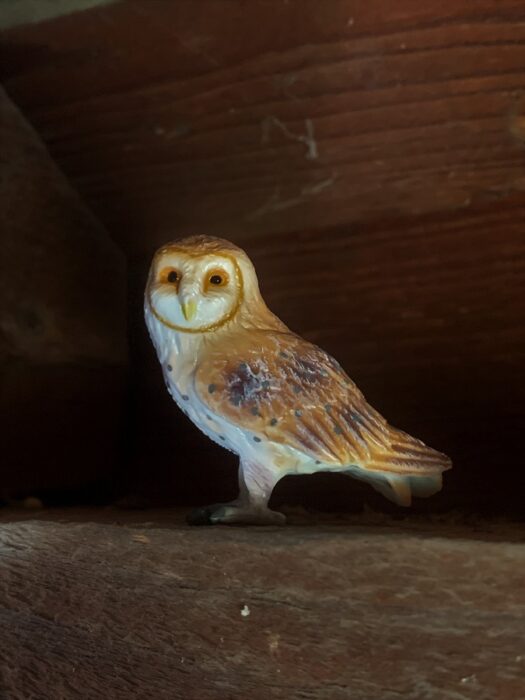The barn owl (Tyto alba) is one of the most widely distributed birds in the world, and the most widely distributed owl species, living on every continent except Antarctica. As such, it features prominently in many different myths and legends around the world. Going by ominous names such as ghost owl, death owl, and demon owl you can get an idea of how the barn owl typically figures into local beliefs, making it the perfect animal to review this Halloween season.
Author: Gwangi
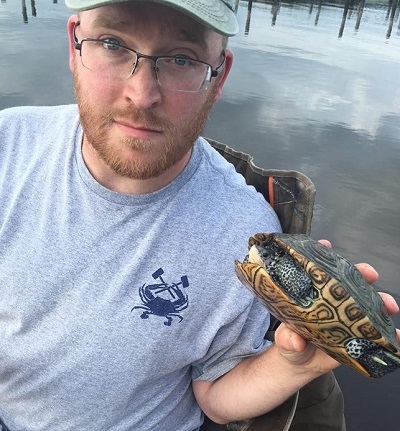 My name is Arthur but I go by Gwangi on the blogs and forums, as homage to the old dinosaur and monster movies I love so much. In addition to writing about and collecting toy animals (extinct and extant) I also share my home with a variety of living animals, mostly reptiles but a little bit of everything. I have a lifelong interest in all things pertaining to nature and natural history and most of my hobbies can be linked to those things in some way. I currently live in Maryland with my wife and daughter. In addition to writing on here I also write magazine articles, typically about local wildlife and aquarium fishes.
My name is Arthur but I go by Gwangi on the blogs and forums, as homage to the old dinosaur and monster movies I love so much. In addition to writing about and collecting toy animals (extinct and extant) I also share my home with a variety of living animals, mostly reptiles but a little bit of everything. I have a lifelong interest in all things pertaining to nature and natural history and most of my hobbies can be linked to those things in some way. I currently live in Maryland with my wife and daughter. In addition to writing on here I also write magazine articles, typically about local wildlife and aquarium fishes.All reviews by this author
Barn Spider (North Coast Creations)
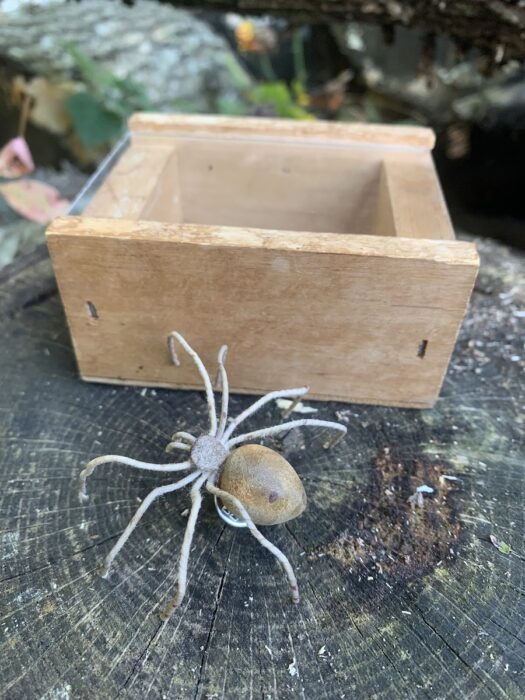
Today’s review is significant in a couple of ways. For one, it’s October, which means it is now spooky season on the blog. A time to focus our reviews on the creepy critters usually associated with Halloween. It also just so happens to be my 100th review. Coming up with a sentimental or special figure to review, that also ties in with our seasonal theme, seemed like such an impossible task that I almost gave up on it.
Coyote (Wild Safari North American Wildlife by Safari Ltd)
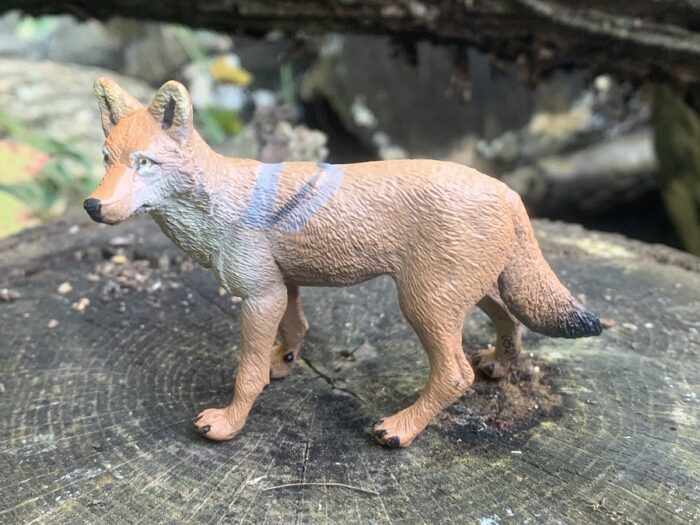
It was an early spring evening in 1999, in central New York. I was doing what I did most evenings back then, sitting quietly on the bank of an active beaver pond with a VHS camcorder in hand, waiting for whatever wildlife might stroll by. Off in the distance I could hear a pack of coyotes (Canis latrans), a chorus of high-pitched barks and yips.
European Hedgehog (Wildlife by CollectA)
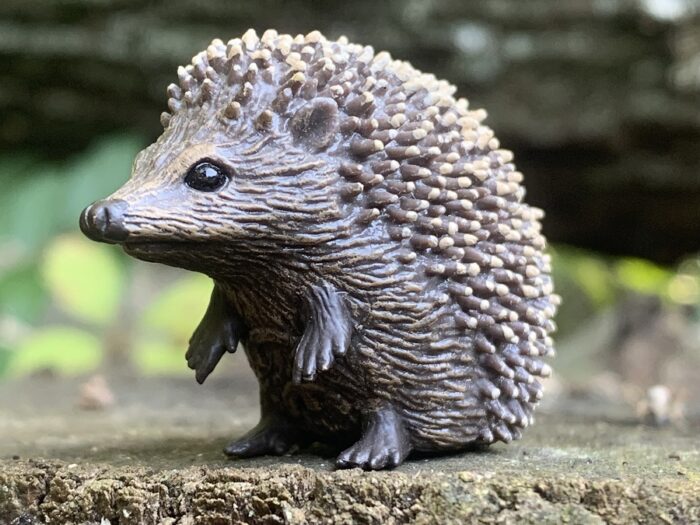
The European hedgehog (Erinaceus europaeus) also known as the common hedgehog ranges across much of Europe, from Iberia and Italy, north into Scandinavia and northwest Russia, and west into the British Isles. It is a beloved animal throughout its range and a welcome visitor to backyard gardens where it feeds nocturnally on worms, slugs, snails, caterpillars, beetles, and other invertebrates.
Atlantic Spotted Dolphin (Wild Safari Sealife by Safari Ltd.)
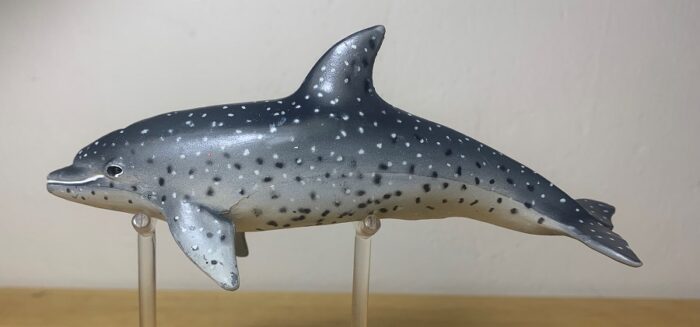
The Atlantic spotted dolphin (Stenella frontalis) is a member of the family Delphinidae that can be found in temperate and tropical waters throughout the Atlantic. Calves are born unspotted, and spots don’t appear until 3-4 years of age, on average. More spots appear as the dolphin ages and physically mature dolphins have the heaviest spotting, although the amount of spotting can still vary between individuals.
Atlantic White-Sided Dolphin (Wild Safari Sealife by Safari Ltd.)
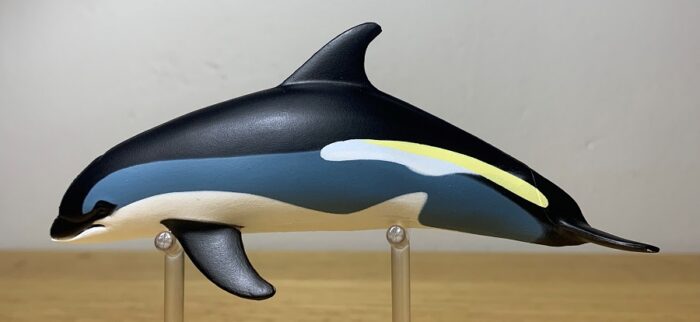
With its distinctive, sharply contrasting mix of gray, black, blue, white, and yellow coloration, the Atlantic white-sided dolphin (Lagenorhynchus acutus) is one of the ocean’s most attractive species of dolphin. And yet, it is not terribly popular with toy manufacturers which tend to focus on the far more popular but somewhat bland bottlenose dolphin.
Blacktip Reef Shark (Marine Life by Papo)
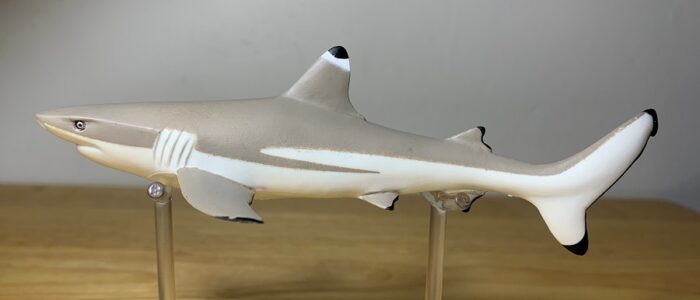
The blacktip reef shark (Carcharhinus melanopterus) is one of the most recognizable sharks, a staple in aquariums that frequents shallow coral reefs in the wild, which makes it popular among tourists and SCUBA divers. The blacktip reef shark is a generally timid species with only 11 unprovoked attacks and 21 attacks total to its name, none of them fatal.
Salmon Shark (Wild Safari Sealife by Safari Ltd.)
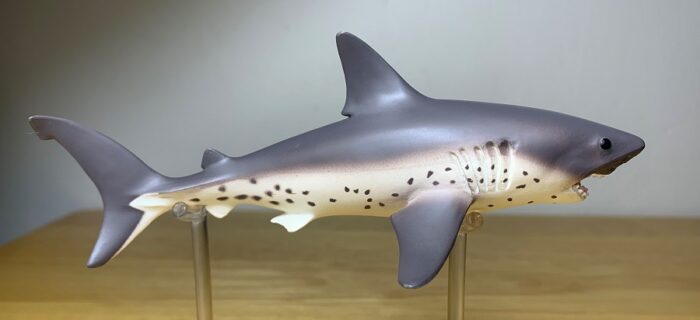
It’s Shark Week once again, the Discovery Channel’s weeklong marathon of shark documentaries that has been 34 years running. So popular is Shark Week that it’s practically a national holiday here in the United States. National Geographic has gotten in on the action too with their own Shark Fest which celebrates the cartilaginous fishes with an entire month of shark content this year.
Sahara Desert TOOB (Safari Ltd.)
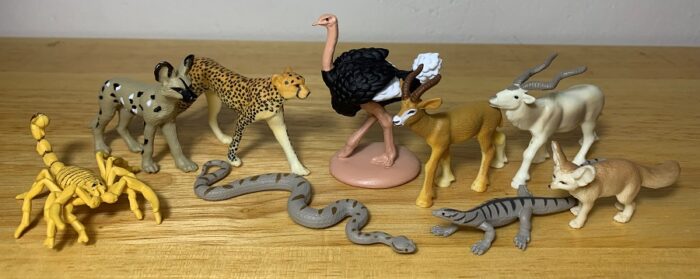
The Sahara Desert covers about 25% of the African continent and is the largest hot desert in the world, with an area of 3,600,000 square miles (9,200,000 km). This immense ecosystem is made up of sand dunes, some of which are 500’ tall, stone plateaus, sand seas, gravel plains, dry valleys, and sand flats.
Green Anaconda (Incredible Creatures by Safari Ltd.)
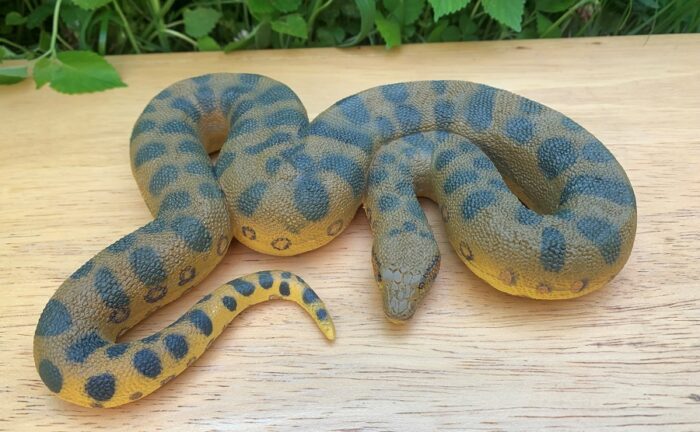
The green anaconda (Eunectes murinus) is the heaviest species of snake in the world, and one of the longest. It is also one of the most familiar and feared species of snake. In capturing the human imagination the anaconda has become the subject of pulpy adventure novels, and B grade monster movies that have perpetuated many tall tales about its maximum size and potential man-eating abilities.
Razorback Sucker (Marsh Education by Safari Ltd.)
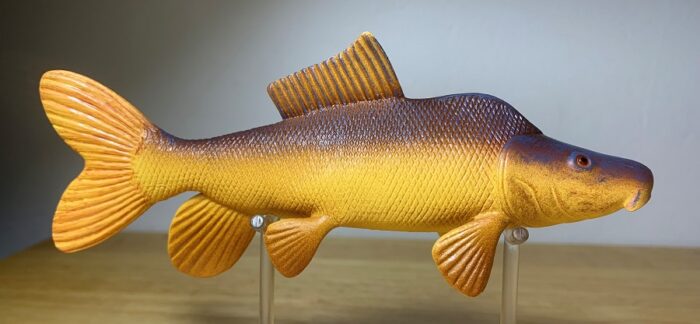
It is my great pleasure today to introduce my readers to one of my holy grail collectibles, the razorback sucker (Xyrauchen texanus) by Safari Ltd. This figure is one of a set of 6 produced by Safari Ltd. for the Marsh & Associates Native Fish Lab, all of which represent endangered fishes native to Arizona, USA.
Black-backed Jackal (Wildlife Collection by CollectA)
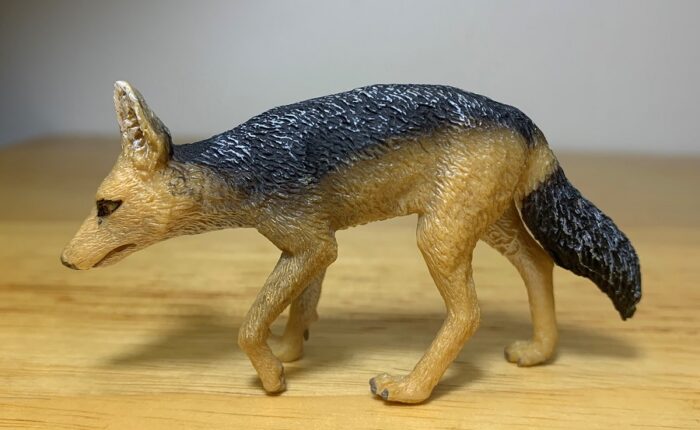
The black-backed jackal (Lupulella mesomelas) is a fixture of the east and southern African landscape. Usually seen skulking around the periphery of kills made by Africa’s much larger predators. Although regarded as lowly scavengers at the bottom of the predatory pecking order jackals are cunning, resourceful, and successful little generalist predators.

